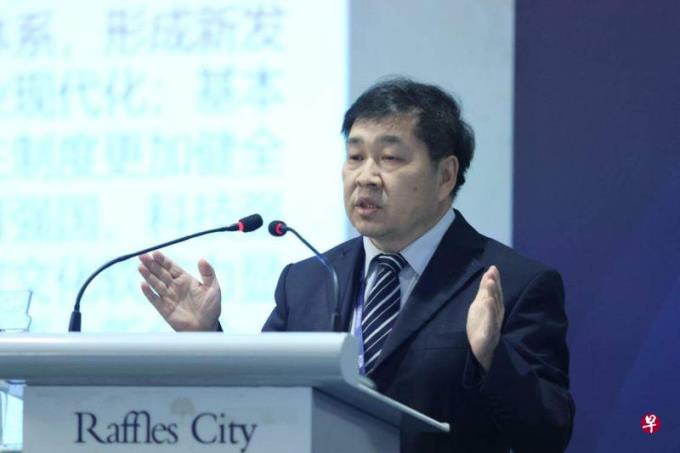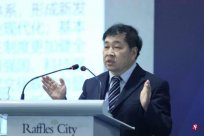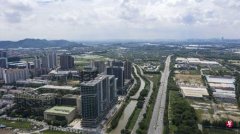
Chinese scholars believe that China is expected to achieve the goal of achieving the level of moderate developed countries in 2035, that is, the per capita GDP has reached $ 21,000 (S $ 28,424).However, to achieve this goal, China must cultivate a strategic industry and have major technological breakthroughs.
Zhang Yongjun, deputy general economist of China International Economic Exchange Center, pointed out at a seminar on "Lian's Scholars on China's Modernization and Good Governance" on Friday (August 25) in Singapore. According to the data of the World Bank, 2020The annual GDP has reached about $ 10,408.If calculated at the price and exchange rate level in 2020, by 2035, China's per capita GDP will be turned over, and it will reach about $ 21,000.
He said: "If it is estimated according to the nominal level, China's per capita GDP can reach about $ 25,000 in 2035, or it may even be close to $ 30,000, which can reach the level of medium -developed countries."
China's per capita GDP must be turned over. Zhang Yongjun said that there must be several trillion -level industries."In recent years, China's new energy vehicles and new energy industries have developed rapidly and the scale is relatively large. It can drive the rapid growth of the entire national economy. It is an industry with a large potential of growth in the future. The environmental protection industry also has relatively large development potential."
Xia Guang, vice chairman of the China Environmental Protection Federation, pointed out on the same occasion that China produces more than 7 million new energy vehicles in 2022; the international market share of green power ships such as liquefied natural gas (LNG) and methanol is close to 50%.It shows that China has continued to achieve results in promoting the green low -carbon industry chain and basic reconstruction.
Xia Guang pointed out that China has achieved certain achievements on the road of green development, and the carbon emissions in 2021 decreased by 3.8%year -on -year; the amount of green energy has also increased, and in 2021Essence
However, China also faces a lot of difficulties in promoting green development.Xia Guang pointed out that China has a industrial structure dominated by heavy chemical industry, the energy structure of coal -based, and the transportation structure mainly based on highway freight has not fundamentally changed.In addition, from 2015 to 2019, the total energy consumption has risen from more than 4.3 billion tons of standard coal to more than 4.8 billion tons.
He said: "The economy must be environmentally friendly, environmental protection is changing the economy, and the combination of the two is the green development, which is the modernization of the builder and the harmony of nature."
Jin Weigang, deputy dean of the National Institute of State Institute of Zhejiang University, looks at China's modernization from social security; China has five major social insurance: basic pension insurance, basic medical insurance, unemployment insurance, work injury insurance and maternity insurance.He pointed out that the social security system covering the entire people of China has basically formed, especially pension insurance and basic medical insurance. Regardless of urban and rural areas, the insurance participation rate has reached more than 95%.
Jin Weigang said that in terms of pensions, from 2005 to 2022, during the three -year epidemic period, China improved the pension of retirees for enterprises for 18 consecutive years."This is unique internationally."
At the end of 2022, the per capita pension of retirees across China increased the per capita pension to more than 3,200 yuan (RMB, the same, about S $ 595); the monthly per capita pension of urban and rural residents increased to 193 yuan.
"193 yuan per capita pension is not high, but farmers have his source of life, including contracting land and deputy industry. He does not rely on this money, which is equivalent to a subsidy of life."
The two -day 2023 Lianshi Shanzhi International Academic Conference was jointly organized by Nanyang Public Management Graduate School and four institutions to be held at the Felmund Hotel.About 300 participants came from mainland China, Hong Kong, South Korea, Indonesia, India, Switzerland, Malaysia and Singapore.




